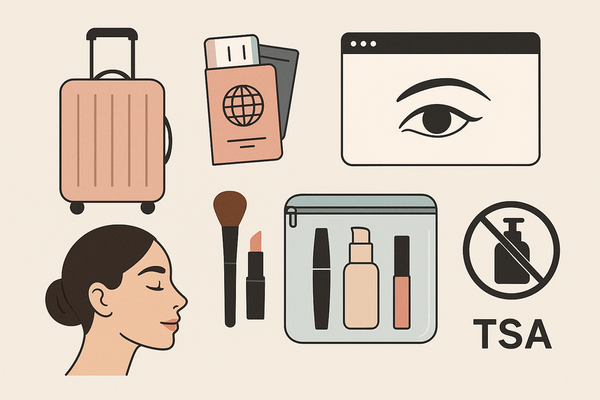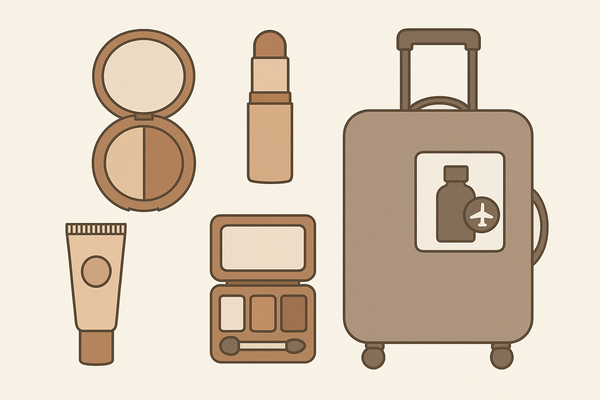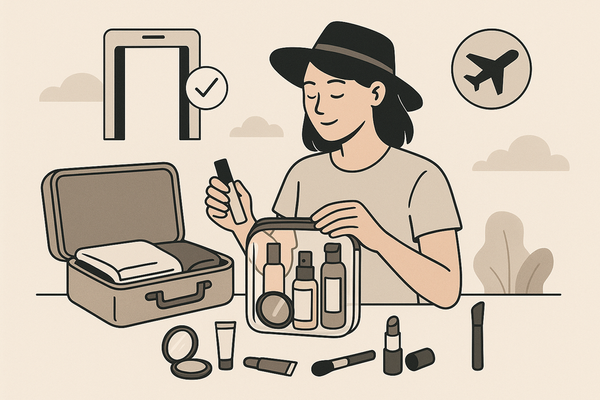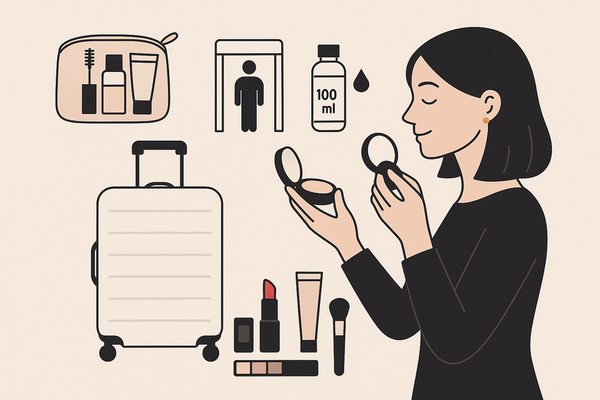How AI Guided Makeup Adjustments Are Revolutionizing Personalized Beauty
Discover how AI guided makeup adjustments revolutionize beauty with personalized, efficient solutions using machine learning, computer vision, and AR.
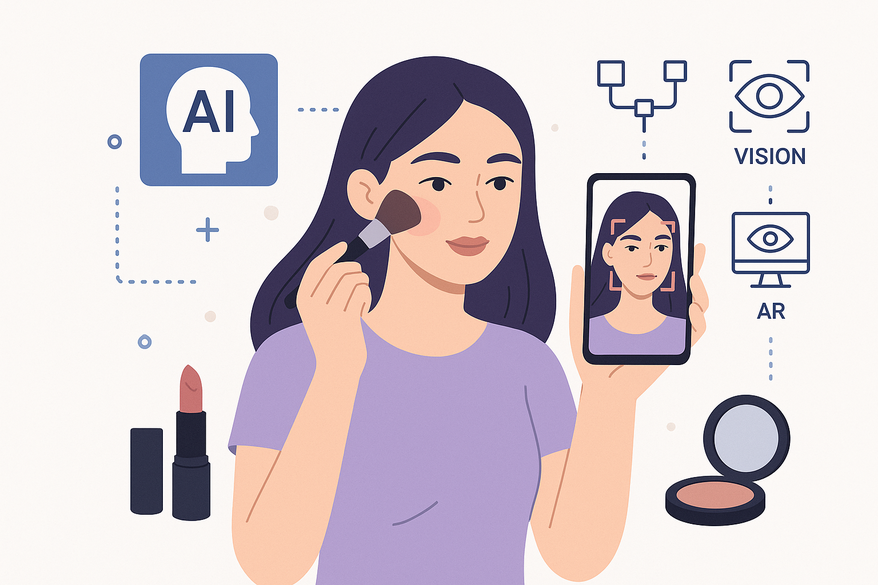
Estimated reading time: 5 min read
Key Takeaways
- AI-driven customization blends machine learning, computer vision, and AR for instant, tailored makeup recommendations.
- Enhanced consumer experience reduces guesswork, saves time, and boosts confidence with realistic virtual try-ons.
- Data-driven insights empower brands to innovate products and marketing through robust analytics.
- Privacy & accuracy remain critical, with ongoing efforts to secure user data and minimize bias.
Table of Contents
- Explanation of AI Technology in Makeup
- How AI Guided Makeup Adjustments Work
- Benefits for Consumers
- Applications in the Beauty Industry
- Addressing Concerns and Limitations
- Future Trends and Innovations
- Conclusion
- FAQ

Explanation of AI Technology in Makeup
Machine Learning, Computer Vision, and Augmented Reality (AR) form the backbone of AI-guided makeup adjustments. Each technology layer collaborates to deliver hyper-personalized beauty solutions.
Machine Learning
- Models train on thousands of facial images, product data, and user preferences to predict ideal shades and formulas.
- Algorithms continuously refine suggestions based on user feedback and purchase behavior.
Computer Vision
- Real-time image analysis detects skin tone (Fitzpatrick scale), facial landmarks, and texture concerns.
- Precise facial mapping ensures accurate product matching and AR overlays.
Augmented Reality (AR)
- Overlays virtual makeup on live images for a realistic preview of color, texture, and light interaction.
- Simulates blending and finishes in real time, enabling seamless look switching.
How AI Guided Makeup Adjustments Work
AI-guided makeup platforms follow a step-by-step workflow to analyze, recommend, and simulate personalized beauty routines:
Step 1 – Data Collection
- The user uploads a clear selfie or activates a live camera feed.
- Facial landmarks, skin tone, texture, and blemishes are captured for analysis.
- High-resolution images improve initial accuracy.
Step 2 – Analysis
- Machine learning integrates image data with environmental and lifestyle factors.
- AI assesses undertones, lighting conditions, and product compatibility.
- Predictive analytics rank makeup solutions by likely user satisfaction.
Step 3 – Personalized Recommendation
- A tailored list of products—foundations, lip hues, contour palettes—is generated.
- Suggested techniques include highlight placement and color layering.
- Swatches display real-world color accuracy.
- For detailed tips on shade matching, see shade-matching guide.
Step 4 – Virtual Try-On (AR)
- The AR engine maps 3D makeup layers onto the live image, simulating light reflection and movement.
- Users can toggle products, adjust intensity, and save favorite looks.
- Learn more about AR try-ons at virtual makeup try-on.
Step 5 – Adjustment & Feedback Loop
- Users tweak color intensity, finish, and coverage.
- Feedback and purchase actions feed back into machine learning models for continuous refinement.
Benefits for Consumers
- Personalized Recommendations match skin profiles precisely, reducing wrong-shade purchases by up to 90%.
- Time Saving eliminates trial-and-error, enabling ideal looks in minutes.
- Improved Accuracy captures subtle nuances—undertones, seasonal variations, and finish preferences.
Applications in the Beauty Industry
- Product Development: Brands use AI to analyze skin genetics and lifestyle for bespoke cosmetics.
- Consumer Tools: AR-enabled apps deliver hygienic, interactive try-on experiences.
- Marketing Engagement: Personalized demos and imagery boost click-through rates and loyalty.
Addressing Concerns and Limitations
- Privacy & Security: Facial data requires strict protection under GDPR and CCPA.
- Variability in Accuracy: Camera quality and lighting can affect initial analyses.
- Bias in Models: Less representation of diverse skin tones may lead to uneven recommendations.
Future Trends and Innovations
- Hyper-Personalization: Real-time biometric and environmental data will fine-tune recommendations.
- Advanced AR & 3D Modeling: Enhanced light simulation for ultra-realistic virtual try-ons.
- Continuous Adaptation: Wearables will monitor skin changes and auto-adjust makeup routines.
Conclusion
AI-guided makeup adjustments are transforming beauty with unparalleled precision, personalization, and efficiency. By uniting machine learning, computer vision, and AR, these tools empower consumers to find their best looks in minutes and help brands innovate data-driven offerings. As privacy safeguards and model accuracy improve, AI-driven beauty experiences will become indispensable in modern routines. The future of personalized makeup is here—are you ready to embrace it?
FAQ
- Q: How accurate are AI makeup recommendations?
A: Accuracy depends on image quality and algorithm sophistication; top platforms reduce shade mismatch by over 90%. - Q: Is my facial data safe?
A: Leading services comply with GDPR and CCPA, encrypting data and requiring user consent before any analysis. - Q: Can I use AI try-on on any device?
A: Most solutions support smartphones and webcams across modern browsers without additional software. - Q: Will AI replace makeup artists?
A: AI augments professional insights but is not a full replacement; it speeds up discovery and complements expert skills. - Q: How do I get started?
A: Upload a clear selfie on a supported platform like Makeup Check AI to see personalized recommendations instantly.

